Dimension and Units At the end of this

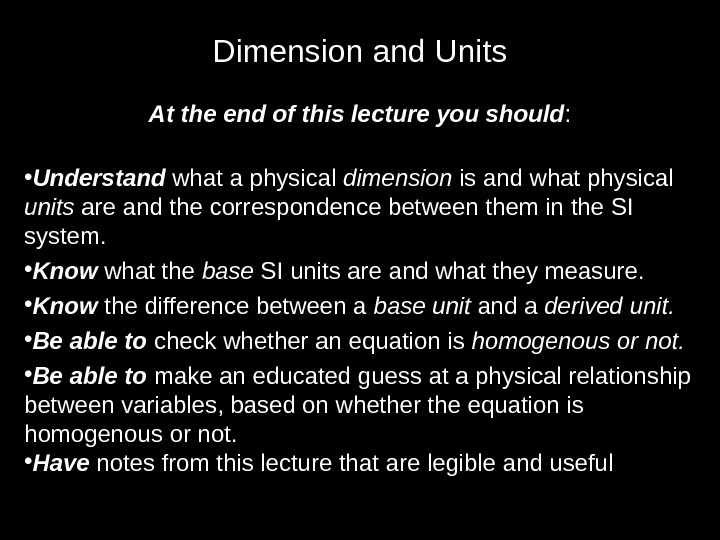
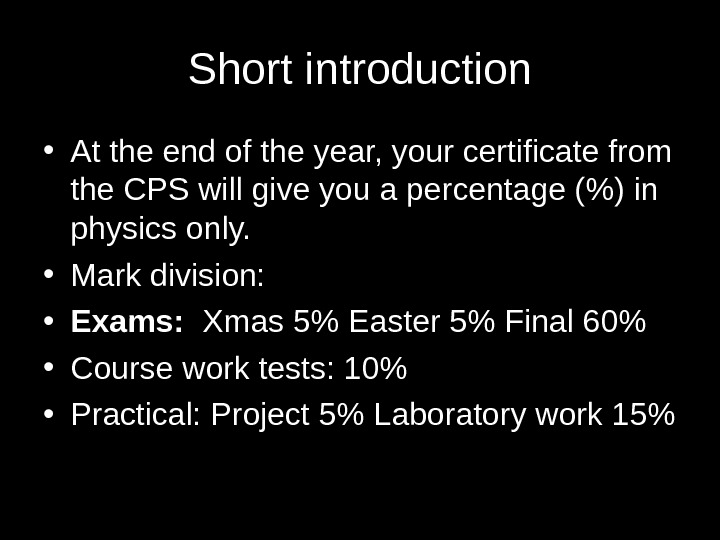

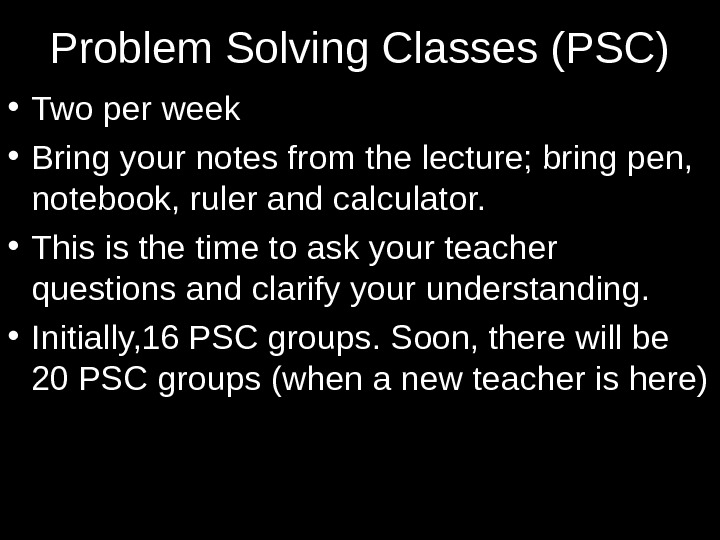
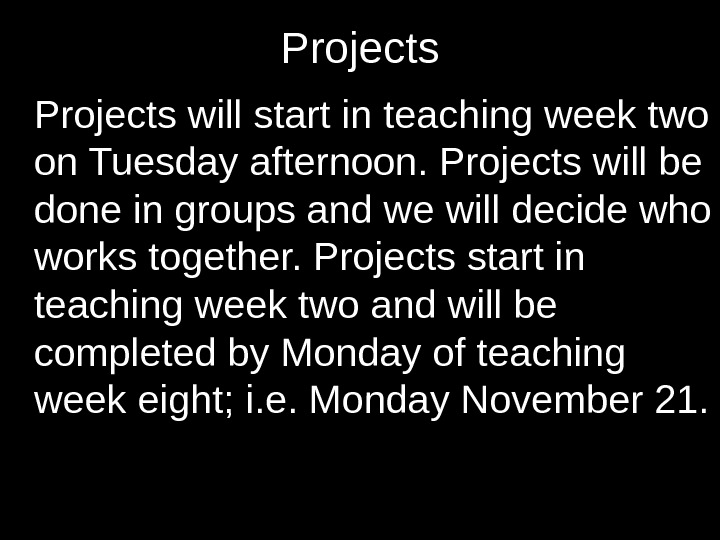
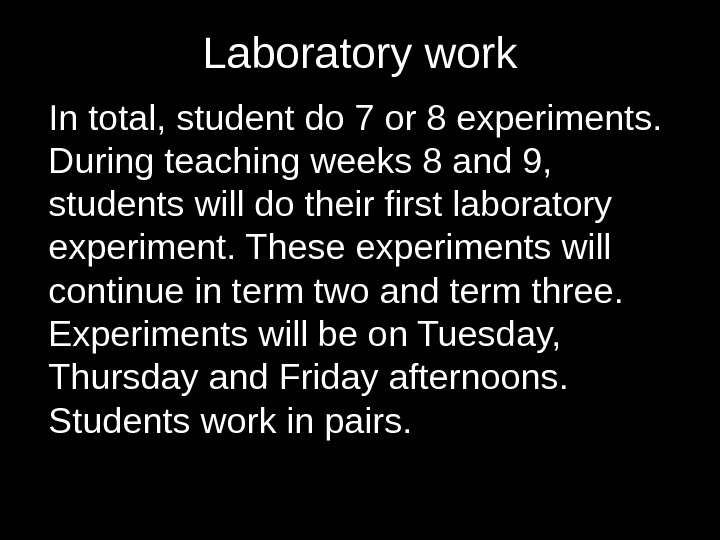
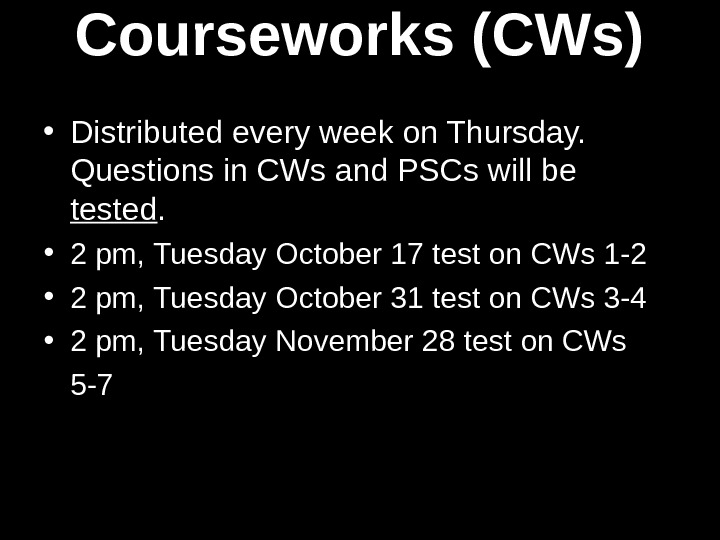
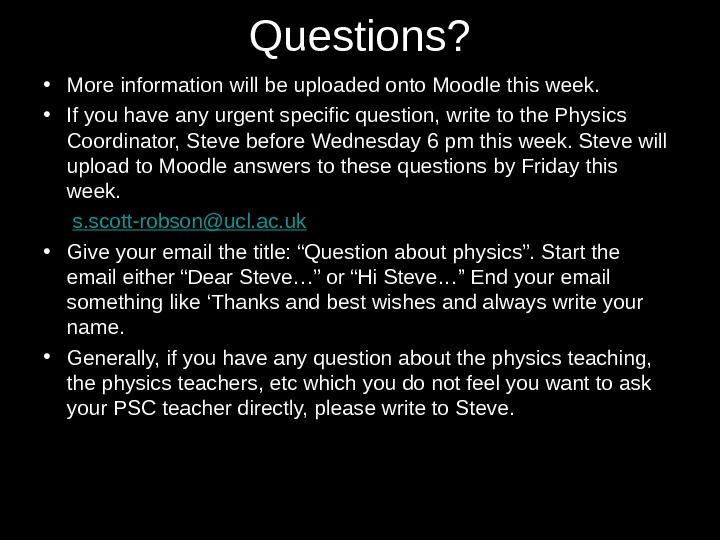

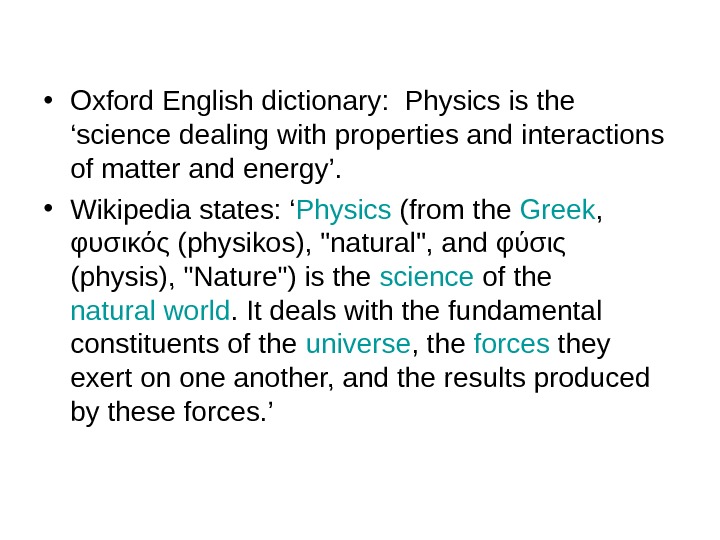
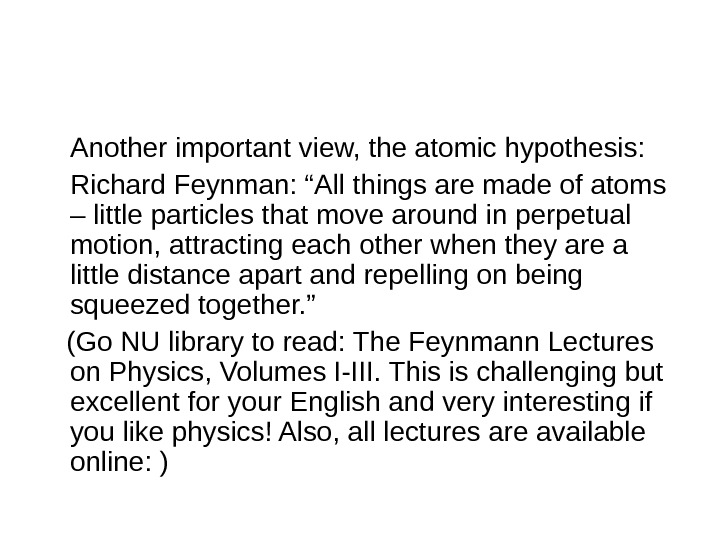
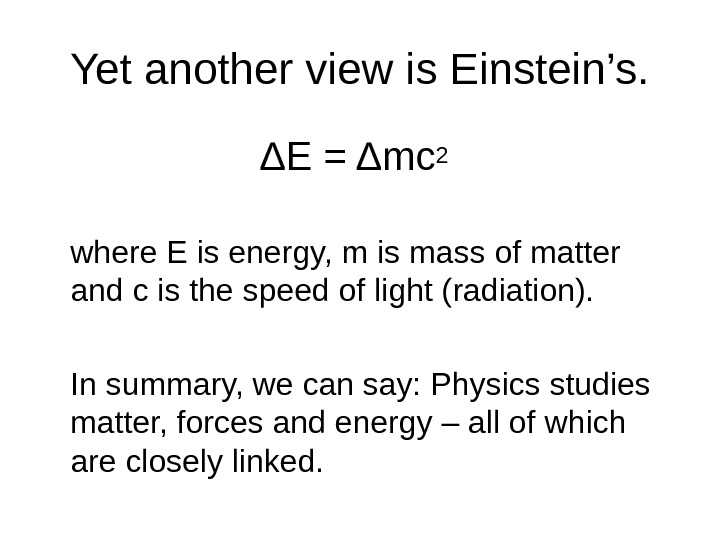
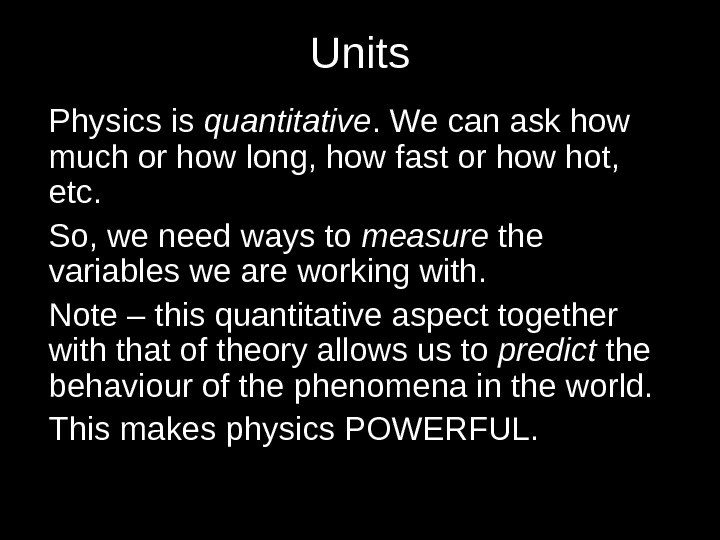
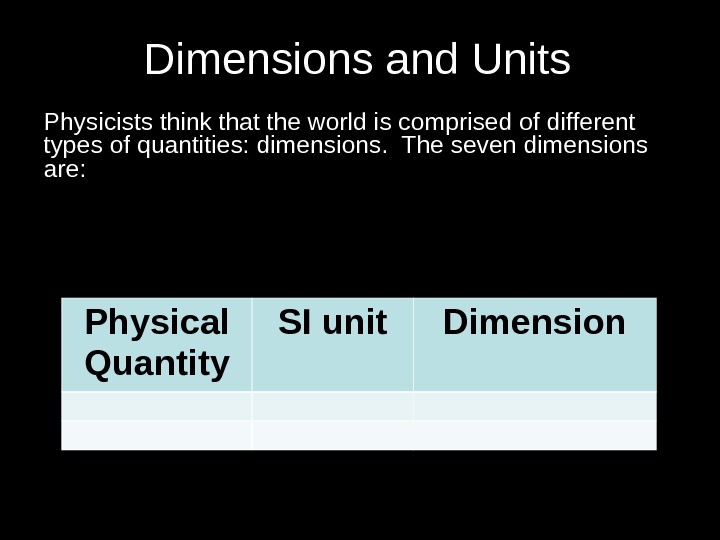

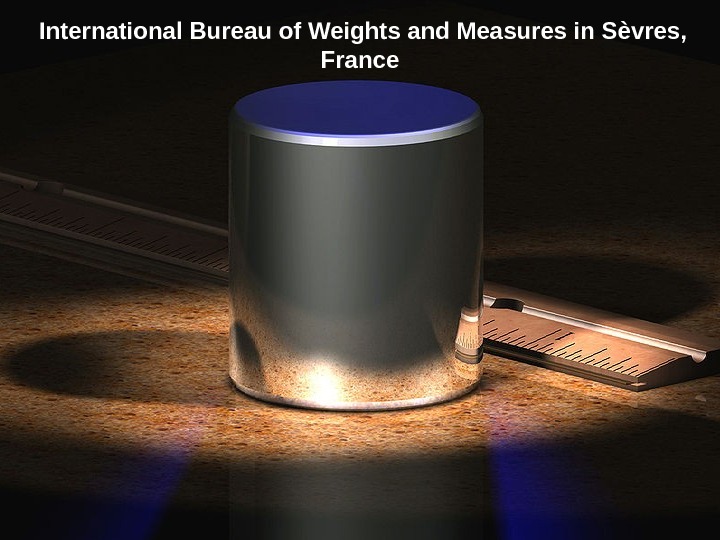
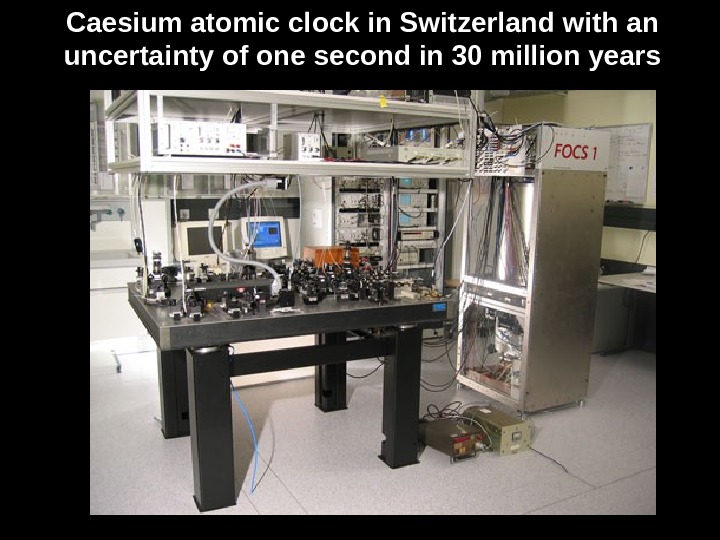
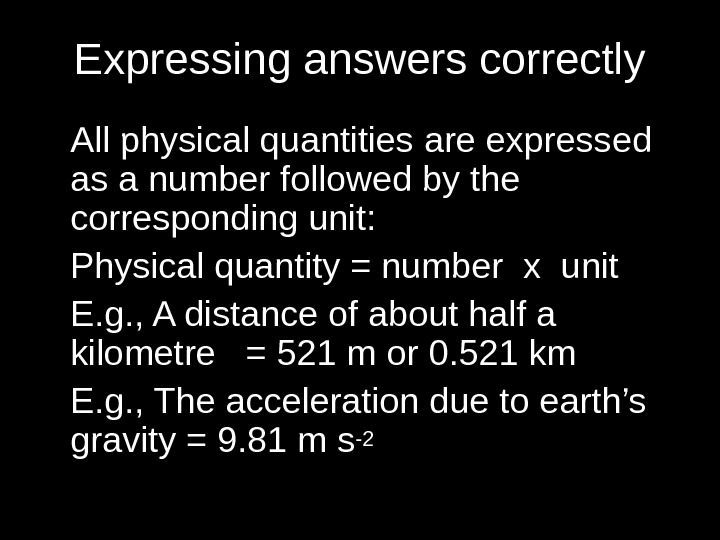
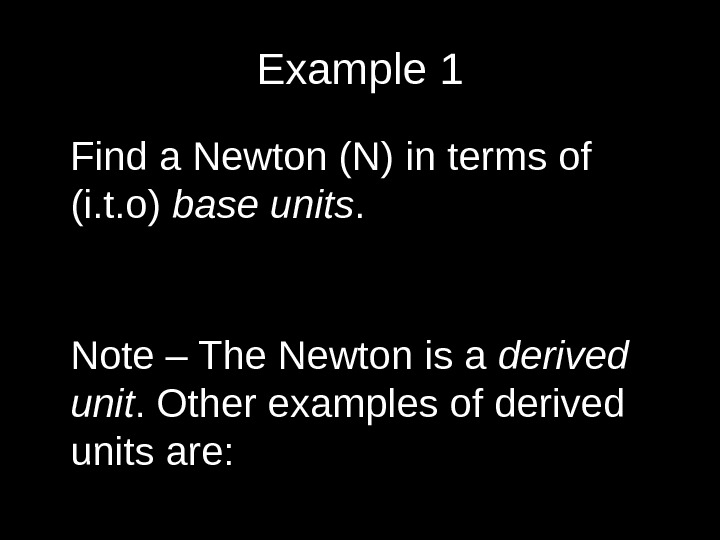
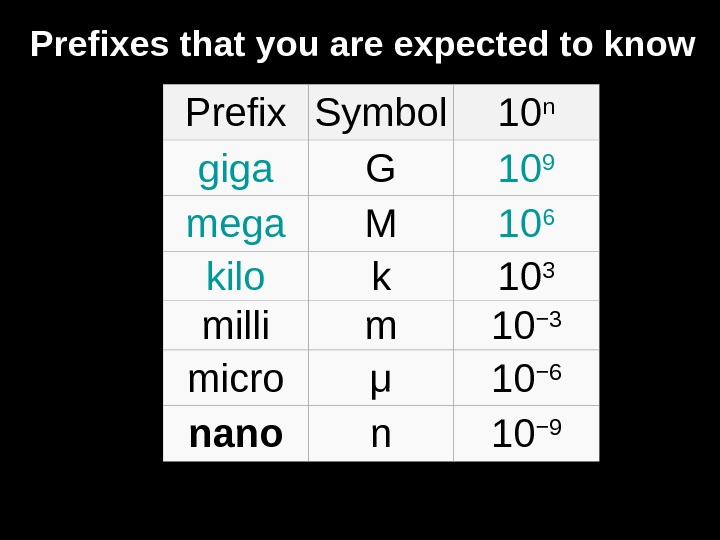

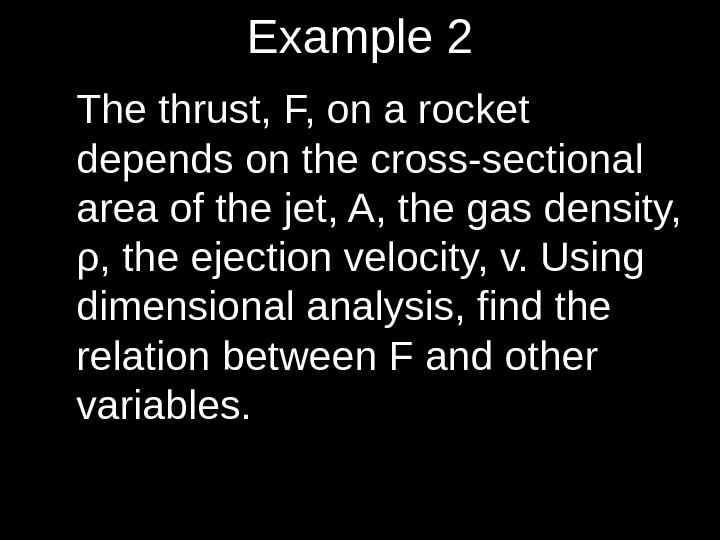
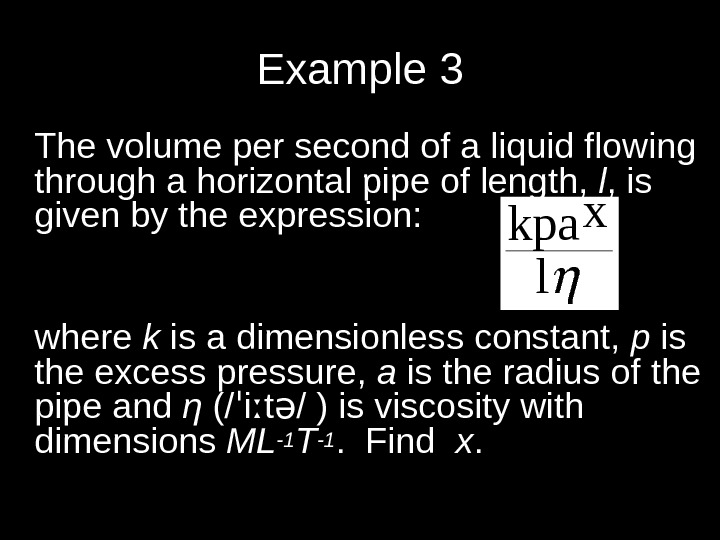

- Размер: 361 Кб
- Количество слайдов: 24
Описание презентации Dimension and Units At the end of this по слайдам
 Dimension and Units At the end of this lecture you should : • Understand what a physical dimension is and what physical units are and the correspondence between them in the SI system. • Know what the base SI units are and what they measure. • Know the difference between a base unit and a derived unit. • Be able to check whether an equation is homogenous or not. • Be able to make an educated guess at a physical relationship between variables, based on whether the equation is homogenous or not. • Have notes from this lecture that are legible and useful
Dimension and Units At the end of this lecture you should : • Understand what a physical dimension is and what physical units are and the correspondence between them in the SI system. • Know what the base SI units are and what they measure. • Know the difference between a base unit and a derived unit. • Be able to check whether an equation is homogenous or not. • Be able to make an educated guess at a physical relationship between variables, based on whether the equation is homogenous or not. • Have notes from this lecture that are legible and useful
 Short introduction • At the end of the year, your certificate from the CPS will give you a percentage (%) in physics only. • Mark division: • Exams: Xmas 5% Easter 5% Final 60% • Course work tests: 10% • Practical: Project 5% Laboratory work 15%
Short introduction • At the end of the year, your certificate from the CPS will give you a percentage (%) in physics only. • Mark division: • Exams: Xmas 5% Easter 5% Final 60% • Course work tests: 10% • Practical: Project 5% Laboratory work 15%
 Lectures (about 46 in total) • Lectures : same lecture room all year. • You must sign the register during the lecture. Please do this quietly and efficiently – thank you.
Lectures (about 46 in total) • Lectures : same lecture room all year. • You must sign the register during the lecture. Please do this quietly and efficiently – thank you.
 Problem Solving Classes (PSC) • Two per week • Bring your notes from the lecture; bring pen, notebook, ruler and calculator. • This is the time to ask your teacher questions and clarify your understanding. • Initially, 16 PSC groups. Soon, there will be 20 PSC groups (when a new teacher is here)
Problem Solving Classes (PSC) • Two per week • Bring your notes from the lecture; bring pen, notebook, ruler and calculator. • This is the time to ask your teacher questions and clarify your understanding. • Initially, 16 PSC groups. Soon, there will be 20 PSC groups (when a new teacher is here)
 Projects will start in teaching week two on Tuesday afternoon. Projects will be done in groups and we will decide who works together. Projects start in teaching week two and will be completed by Monday of teaching week eight; i. e. Monday November 21.
Projects will start in teaching week two on Tuesday afternoon. Projects will be done in groups and we will decide who works together. Projects start in teaching week two and will be completed by Monday of teaching week eight; i. e. Monday November 21.
 Laboratory work In total, student do 7 or 8 experiments. During teaching weeks 8 and 9, students will do their first laboratory experiment. These experiments will continue in term two and term three. Experiments will be on Tuesday, Thursday and Friday afternoons. Students work in pairs.
Laboratory work In total, student do 7 or 8 experiments. During teaching weeks 8 and 9, students will do their first laboratory experiment. These experiments will continue in term two and term three. Experiments will be on Tuesday, Thursday and Friday afternoons. Students work in pairs.
 Courseworks (CWs) • Distributed every week on Thursday. Questions in CWs and PSCs will be tested. • 2 pm, Tuesday October 17 test on CWs 1 -2 • 2 pm, Tuesday October 31 test on CWs 3 -4 • 2 pm, Tuesday November 28 test on CWs 5 —
Courseworks (CWs) • Distributed every week on Thursday. Questions in CWs and PSCs will be tested. • 2 pm, Tuesday October 17 test on CWs 1 -2 • 2 pm, Tuesday October 31 test on CWs 3 -4 • 2 pm, Tuesday November 28 test on CWs 5 —
 Questions? • More information will be uploaded onto Moodle this week. • If you have any urgent specific question, write to the Physics Coordinator, Steve before Wednesday 6 pm this week. Steve will upload to Moodle answers to these questions by Friday this week. s. scott-robson@ucl. ac. uk • Give your email the title: “Question about physics”. Start the email either “Dear Steve…” or “Hi Steve…” End your email something like ‘Thanks and best wishes and always write your name. • Generally, if you have any question about the physics teaching, the physics teachers, etc which you do not feel you want to ask your PSC teacher directly, please write to Steve.
Questions? • More information will be uploaded onto Moodle this week. • If you have any urgent specific question, write to the Physics Coordinator, Steve before Wednesday 6 pm this week. Steve will upload to Moodle answers to these questions by Friday this week. s. scott-robson@ucl. ac. uk • Give your email the title: “Question about physics”. Start the email either “Dear Steve…” or “Hi Steve…” End your email something like ‘Thanks and best wishes and always write your name. • Generally, if you have any question about the physics teaching, the physics teachers, etc which you do not feel you want to ask your PSC teacher directly, please write to Steve.
 CPS Physics Lecture 1 Dimensions and Units
CPS Physics Lecture 1 Dimensions and Units
 • Oxford English dictionary: Physics is the ‘science dealing with properties and interactions of matter and energy’. • Wikipedia states: ‘ Physics (from the Greek , φυσικός (physikos), «natural», and φύσις (physis), «Nature») is the science of the natural world. It deals with the fundamental constituents of the universe , the forces they exert on one another, and the results produced by these forces. ’
• Oxford English dictionary: Physics is the ‘science dealing with properties and interactions of matter and energy’. • Wikipedia states: ‘ Physics (from the Greek , φυσικός (physikos), «natural», and φύσις (physis), «Nature») is the science of the natural world. It deals with the fundamental constituents of the universe , the forces they exert on one another, and the results produced by these forces. ’
 Another important view, the atomic hypothesis: Richard Feynman: “All things are made of atoms – little particles that move around in perpetual motion, attracting each other when they are a little distance apart and repelling on being squeezed together. ” (Go NU library to read: The Feynmann Lectures on Physics, Volumes I-III. This is challenging but excellent for your English and very interesting if you like physics! Also, all lectures are available online: )
Another important view, the atomic hypothesis: Richard Feynman: “All things are made of atoms – little particles that move around in perpetual motion, attracting each other when they are a little distance apart and repelling on being squeezed together. ” (Go NU library to read: The Feynmann Lectures on Physics, Volumes I-III. This is challenging but excellent for your English and very interesting if you like physics! Also, all lectures are available online: )
 Yet another view is Einstein’s. ΔE = Δmc 2 where E is energy, m is mass of matter and c is the speed of light (radiation). In summary, we can say: Physics studies matter, forces and energy – all of which are closely linked.
Yet another view is Einstein’s. ΔE = Δmc 2 where E is energy, m is mass of matter and c is the speed of light (radiation). In summary, we can say: Physics studies matter, forces and energy – all of which are closely linked.
 Units Physics is quantitative. We can ask how much or how long, how fast or how hot, etc. So, we need ways to measure the variables we are working with. Note – this quantitative aspect together with that of theory allows us to predict the behaviour of the phenomena in the world. This makes physics POWERFUL.
Units Physics is quantitative. We can ask how much or how long, how fast or how hot, etc. So, we need ways to measure the variables we are working with. Note – this quantitative aspect together with that of theory allows us to predict the behaviour of the phenomena in the world. This makes physics POWERFUL.
 Dimensions and Units Physicists think that the world is comprised of different types of quantities: dimensions. The seven dimensions are: Physical Quantity SI unit Dimension
Dimensions and Units Physicists think that the world is comprised of different types of quantities: dimensions. The seven dimensions are: Physical Quantity SI unit Dimension
 Until now, all quantities in nature have units that are a combination of these seven base units and two additional units, namely radian and steradian. Base units are defined using some standard or easily reproducible phenomenon. E. g. , 1 kg is a lump of matter in Paris E. g. , 1 s is 9, 192, 631, 770 jumps of an electron between two energy shells in caesium 133.
Until now, all quantities in nature have units that are a combination of these seven base units and two additional units, namely radian and steradian. Base units are defined using some standard or easily reproducible phenomenon. E. g. , 1 kg is a lump of matter in Paris E. g. , 1 s is 9, 192, 631, 770 jumps of an electron between two energy shells in caesium 133.
 International Bureau of Weights and Measures in Sèvres, France
International Bureau of Weights and Measures in Sèvres, France
 Caesium atomic clock in Switzerland with an uncertainty of one second in 30 million years
Caesium atomic clock in Switzerland with an uncertainty of one second in 30 million years
 Expressing answers correctly All physical quantities are expressed as a number followed by the corresponding unit: Physical quantity = number x unit E. g. , A distance of about half a kilometre = 521 m or 0. 521 km E. g. , The acceleration due to earth’s gravity = 9. 81 m s-
Expressing answers correctly All physical quantities are expressed as a number followed by the corresponding unit: Physical quantity = number x unit E. g. , A distance of about half a kilometre = 521 m or 0. 521 km E. g. , The acceleration due to earth’s gravity = 9. 81 m s-
 Example 1 Find a Newton (N) in terms of (i. t. o) base units. Note – The Newton is a derived unit. Other examples of derived units are:
Example 1 Find a Newton (N) in terms of (i. t. o) base units. Note – The Newton is a derived unit. Other examples of derived units are:
 Prefix Symbol 10 n giga G 10 9 mega M 10 6 kilo k 10 3 milli m 10 − 3 micro μ 10 − 6 nano n 10 − 9 Prefixes that you are expected to know
Prefix Symbol 10 n giga G 10 9 mega M 10 6 kilo k 10 3 milli m 10 − 3 micro μ 10 − 6 nano n 10 − 9 Prefixes that you are expected to know
 Homogeneity and correctness Note – If an equation is homogeneous, it only means that the equation could be correct. For some equations to be correct, a dimensionless constant is needed. E. g. , mv 2 gives correct units of energy for kinetic energy (KE) but we need “½” to get the correct ½mv 2.
Homogeneity and correctness Note – If an equation is homogeneous, it only means that the equation could be correct. For some equations to be correct, a dimensionless constant is needed. E. g. , mv 2 gives correct units of energy for kinetic energy (KE) but we need “½” to get the correct ½mv 2.
 Example 2 The thrust, F, on a rocket depends on the cross-sectional area of the jet, A, the gas density, ρ, the ejection velocity, v. Using dimensional analysis, find the relation between F and other variables.
Example 2 The thrust, F, on a rocket depends on the cross-sectional area of the jet, A, the gas density, ρ, the ejection velocity, v. Using dimensional analysis, find the relation between F and other variables.
 Example 3 The volume per second of a liquid flowing through a horizontal pipe of length, l , is given by the expression: where k is a dimensionless constant, p is the excess pressure, a is the radius of the pipe and η (/ i t / ) is viscosity with ˈ ː ə dimensions ML -1 T-1. Find x. x kpa l
Example 3 The volume per second of a liquid flowing through a horizontal pipe of length, l , is given by the expression: where k is a dimensionless constant, p is the excess pressure, a is the radius of the pipe and η (/ i t / ) is viscosity with ˈ ː ə dimensions ML -1 T-1. Find x. x kpa l
 CHECK LIST • READING: Adams and Allday: Chapter 1 (introductory reading). 2. 1, 2. 2, 2. 3, 2. 4, 2. 5. • At the end of this lecture you should: • Have an understanding of the background and subject matter of physics. • Understand what a physical dimension is and what physical units are and the correspondence between them in the SI system • Know what the base SI units are and what they measure • Know the difference between a base unit and a derived unit • Be able to define homogeneity • Be able to check whether an equation is homogenous • Be able to make an educated guess at a physical relationship between variables, based on whether the equation is homogenous or not. • Saying Greek letters, see: http: //en. wikipedia. org/wiki/English_pronunciation_of_Greek_letters
CHECK LIST • READING: Adams and Allday: Chapter 1 (introductory reading). 2. 1, 2. 2, 2. 3, 2. 4, 2. 5. • At the end of this lecture you should: • Have an understanding of the background and subject matter of physics. • Understand what a physical dimension is and what physical units are and the correspondence between them in the SI system • Know what the base SI units are and what they measure • Know the difference between a base unit and a derived unit • Be able to define homogeneity • Be able to check whether an equation is homogenous • Be able to make an educated guess at a physical relationship between variables, based on whether the equation is homogenous or not. • Saying Greek letters, see: http: //en. wikipedia. org/wiki/English_pronunciation_of_Greek_letters

